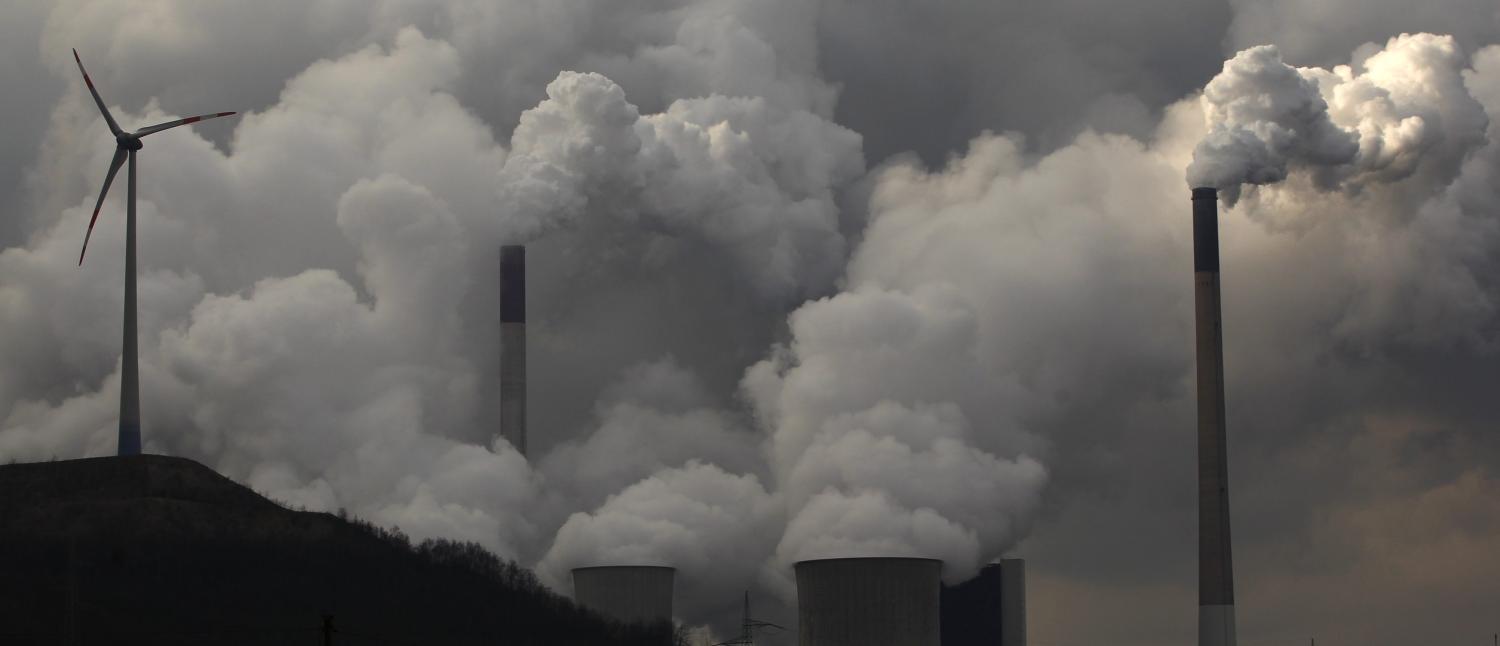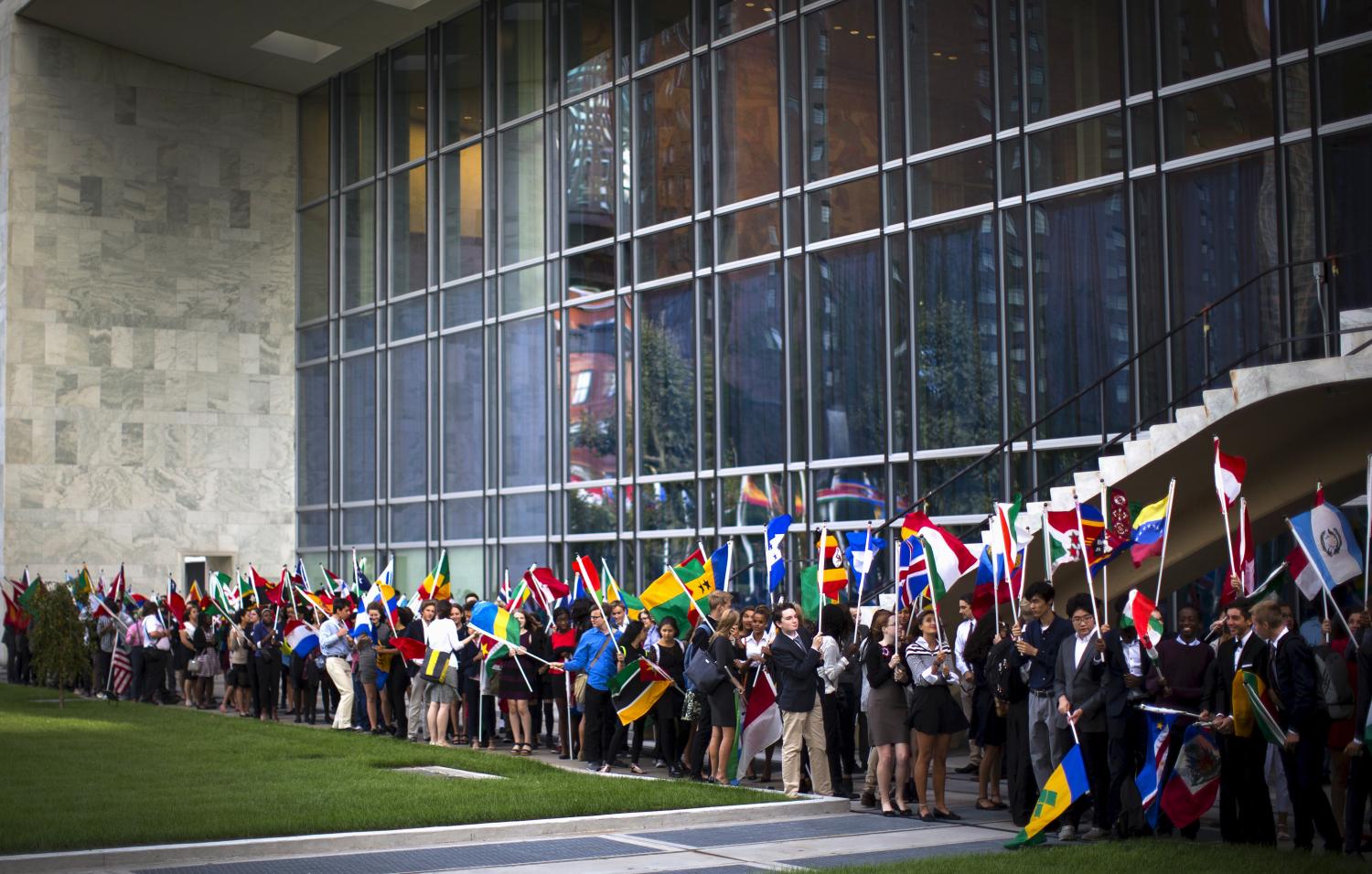The most urgent and complicated ethical issue in addressing climate change is how human society will share the work of reducing greenhouse gases (GHG) emissions. Looking ahead to 2015 when a new international treaty on climate change should be agreed upon, we fear we are headed towards a train wreck.
Key developed countries have made it clear they will not accept any regime excluding emerging economies such as China and Brazil, and the U.S. and other ‘umbrella’ countries are calling for only voluntary, bottom-up commitments. Yet the major developing countries have made equity the sine qua non for any kind of agreement: they will not take on mandatory emission reduction targets with perceived implications for their economic growth and social development, unless the wealthier countries commit to deep emissions cuts and act first. These entrenched positions between the different blocs have led to the current impasse, but as Nobel laureate economist and philosopher, Amaryta Sen pointed out, the perfect agreement that never happens is more unjust than an imperfect one that is obtainable.
What is a fair and feasible way to break the impasse, given that all efforts are faltering? The most difficult task is determining a country’s fair share of the required emissions reductions in a way that is politically feasible. After 20 years of negotiations and gridlock, it is clear that many conflicting principles of equity are brought to the table, so a solution will have to be based on some kind of ‘negotiated justice,’ or a ‘fair compromise,’ which will not be one preferred by just one group of countries. A few basic requirements must be met. A feasible, fair and effective climate agreement must involve the largest emitters from both the developed and developing countries. Such an agreement must find a way to engage the latter without penalizing them or the former countries too much. In order to secure progress, above all it must be acceptable to the two world superpowers and top carbon emitters, China and the U.S.; with this leadership, in fact, other emitters will likely follow. This agreement could be forged in a ‘plurilateral’ setting where a limited number of countries come together first, and then be brought into the formal U.N. negotiations as the basis for a future deal, perhaps by 2015.
The Brookings Institution is committed to quality, independence, and impact.
We are supported by a diverse array of funders. In line with our values and policies, each Brookings publication represents the sole views of its author(s).




